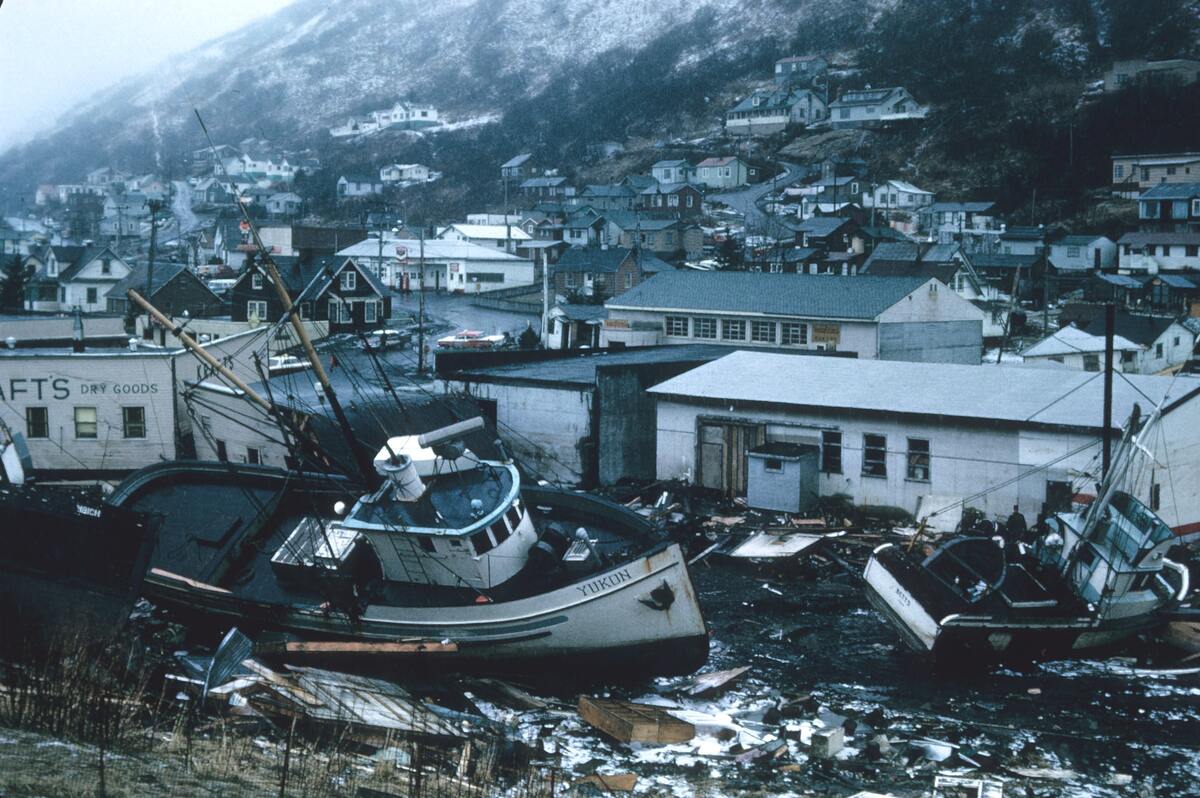Building Sustainably in the Wake of Disaster: Dos and Don’ts

The green revolution is influencing the construction sector in a big way. The construction and operation of buildings produce almost half of all global greenhouse gas emissions. Developing low-impact properties is more critical now than ever before.
As the frequency and intensity of natural disasters rise, the demand for construction repairs inevitably follows. Before builders begin new projects, they must assess the dos and don’ts of sustainable construction.
Why Is Disaster Response Construction Important Today?
The demand for disaster response construction is rising as climate change effects worsen. As the global temperature increases, the evaporation rate rises. Increased evaporation causes more rainfall in some regions while leaving others in extended drought conditions.
High precipitation rates can enhance the intensity and frequency of hurricanes. Droughts also adversely affect the environment by exacerbating wildfires. Fires, floods, and high winds cause structural damage to residential and commercial buildings.
Construction professionals can explore the best response practices to prevent further damage and protect individuals’ health.
What to Do
After Hurricane Sandy, the New England coastline received abundant funds for reconstruction. Builders evaluated the potential for future hurricanes and designed preventive features. Improving architectural models in disaster-prone regions is essential for society’s health and protection.
1. Follow Green Building Standards
An important feature of sustainable structures is their compliance with green building standards. When construction professionals abide by the Leadership in Energy and Environmental Design (LEED) system, they prevent adverse environmental and human health effects. Rebuilding structures as LEED-certified homes after natural disasters can minimize emissions.
Eliminating air pollution can protect individuals’ lung health. When residents inhale emissions, their risk of developing lung cancer, asthma, and other respiratory illnesses increases. Minimizing emissions also reduces climate change effects.
2. Work With a Public Insurance Adjuster
Sustainable builders should also work alongside public insurance adjusters after natural disasters. The adjusters should assess a building’s damage before individuals begin repairs. After they conduct an inspection, homeowners may receive an estimate for restoration costs.
3. Use Insurance Money to Minimize Future Damage
Construction professionals should use a homeowner’s insurance funds to add protective residential features. Installing renewable energy systems, like rooftop solar panels, can reduce storm-related power outages in the future.
Builders are also combating rising sea levels by placing coastal homes on stilts.
What Not to Do
Brad Pitt’s Make It Right Foundation offered Hurricane Katrina relief aid to New Orleans in 2020. Builders quickly constructed 150 homes in the Lower Ninth Ward, which developed problems over time. The construction team followed a “cradle-to-cradle” development method using recycled building materials and clean energy.
Builders’ lack of sustainable development education led to disastrous effects. Many residents abandoned their relief homes because of rotting, structural issues, flooding, and mold growth.
There are three practices builders should avoid when constructing sustainable properties.
1. Import Construction Workers
Some relief programs send non-local workers to disaster sites during reconstruction projects. The builders may be unfamiliar with local weather patterns and the ecosystem, leading to unsustainable construction practices. Relief programs should work with local builders to support the economy and the environment.
2. Use Chemical-Coated Materials
Another poor building practice involves environmental contaminants. Builders can improve the sustainability of reconstruction practices by eliminating their volatile organic compound (VOC) uses. VOCs produce ground-level ozone when they interact with tailpipe emissions.
Builders should also avoid working with flame retardants. The contaminants cause marine biodiversity loss and remain in the environment for extended periods. Construction professionals can use sustainable flame retardants, like borate, as an alternative.
3. Rely on Fossil Fuels
Many unsustainable builders place gas-powered heaters, appliances, and other features in buildings. Nearly 84% of the worldwide power supply comes from fossil fuels. The power source releases greenhouse gas emissions into the atmosphere and causes climate change.
Construction professionals can shrink a relief project’s footprint by installing electric appliances. As countries decarbonize their energy grids, builders should improve structures’ compatibility with renewable energy. Clean, energy-efficient features can improve environmental conditions and support disaster relief construction.
Can Sustainable Properties Reduce Climate Change Effects?
When construction professionals use clean energy and fewer contaminants to construct buildings, they can prevent climate change effects. Installing renewable energy systems and energy-efficient features may reduce pollution from operations.
Builders also minimize climate change by promoting a circular economy using recycled and reclaimed building materials. Circular economies reduce manufacturing emissions by repurposing resources indefinitely.
In time, construction professionals may also reduce adverse environmental impacts by using heavy machines powered with batteries or hydrogen fuel cells.
Even in the wake of disaster, there are many opportunities to build something better than what stood there before, using improved methods and tools.



